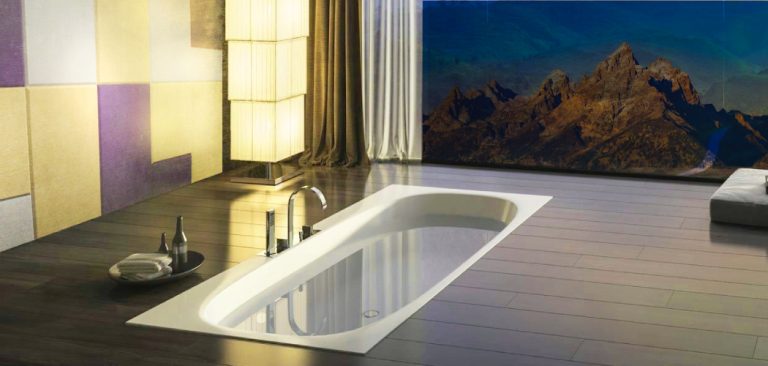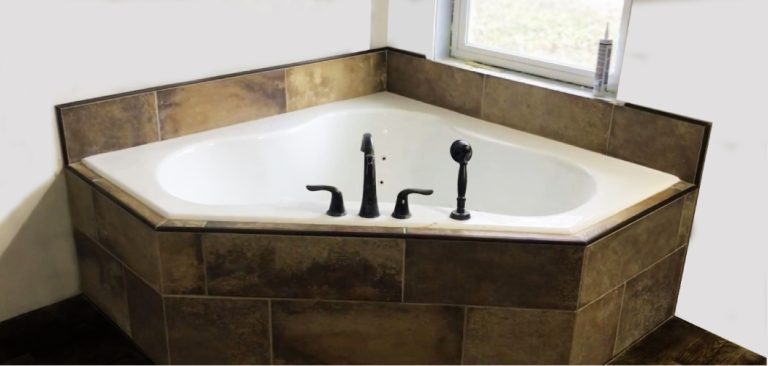How to Vent Bathroom Fan Through Gable
Since most people want to know about this subject, I would love to start writing the article realizing the need to think a lot on the topic “How to Vent Bathroom Fan through Gable” from a scratch base to easily follow and understand the article and get your work done.
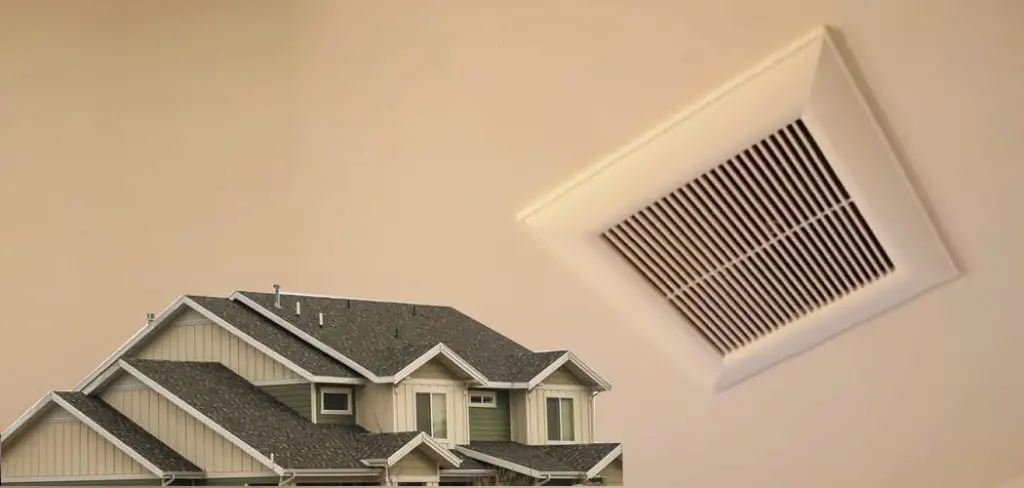
Installing a bathroom fan vent from a gable-type ceiling can seem complicated, so many people get the job done with a professional. But I would like to say the matter is much easier than you think and will not require any particular skill.
Let’s talk about “Gable.”
What Is a Gable (Roof)?
It is one kind of roof shape. Gable is a simple roof shape, or you can explain it as “Triangle edge of the house .” It has two sloping sides that meet on the top, indicating a triangular shape. Gable is a typical residential structure, seen in many places worldwide. There are many types of roof, for example:
- False-Front Gable
- L-Shaped Gable
- Gambrel
- Shed
- Gabled but Curved
- Octagon
- Mansard
How to Vent Bathroom Fan Through Gable
Describing the practical process of setting up a vent bathroom fan here step by step for better understanding through the gable roof below:
Step 1: All the Materials You Need to Complete the Work Are Shown Under:
- Hammer
- Drill machine
- Torch Light
- Bathroom fans or Exhaust fans
- Hacksaw Blade or hand Saw (for cardboard)
- Jigsaw (for wood)
- Hole saw 5 inch
- Aluminum Foil Ducting or Rigid Metal Duct
- Duct Tape
N.B.: Be sure that the duct installation is completed prior.
Step 2: Select a Suitable Place for a Bathroom Fan
Choosing a specific place to install the bathroom fan is an essential step. You have to find where the humidity or vapor is more crowded. The place where a lot of steam is created or moisture formed is the perfect place to install a fan.
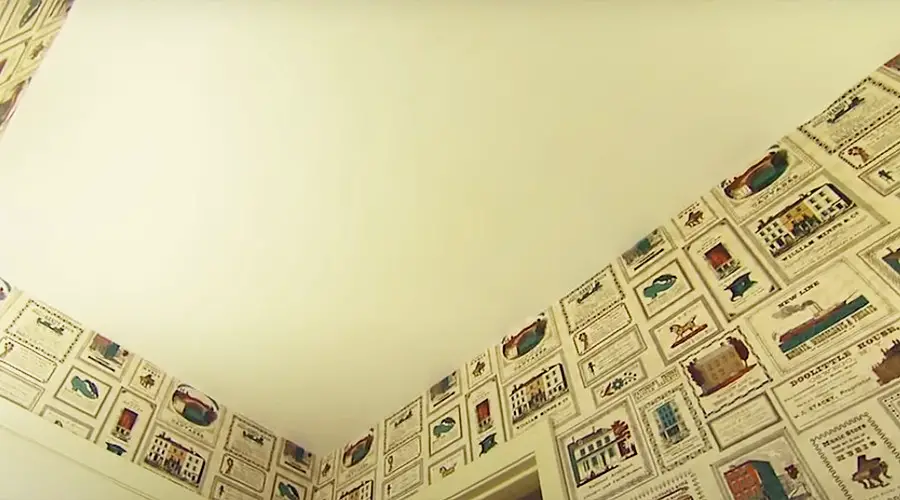
If you can’t find a specific and suitable place, you can install the fan in the middle of the bathroom top. I do like to give you a suggestion that is you can notice more moisture in the place where bathing is usually done, so in my opinion, it would be better for you to install the fan on top of the shower place.
Step 3: Mark & Make a Hole Over Bathroom Top
You’ve read the instruction sheet inside the exhaust fan box, and you knew how to do the initial setup as per the instruction guide. The next step is to mark the top of the bathroom according to the size of the bathroom fan box. First draw with a pencil on top; you have to cut that space to set the fan setup.
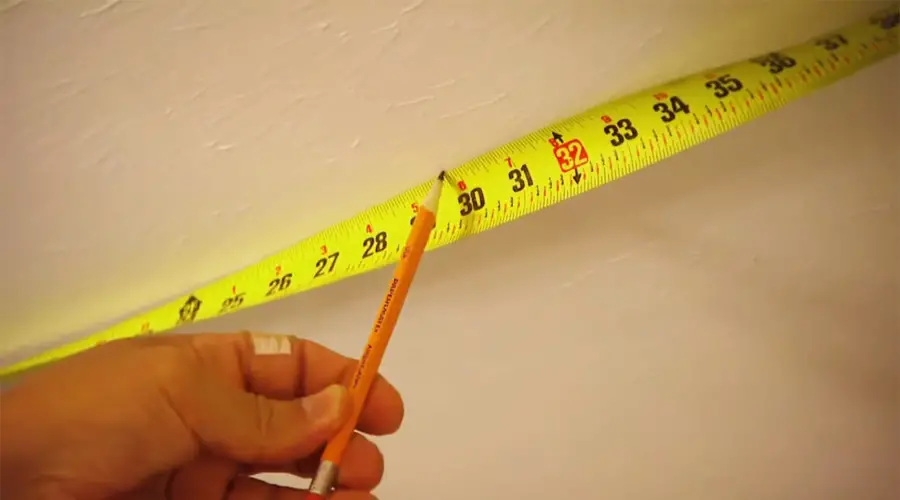
Use a nail to mark a hole in the wood at the top of the bathroom or use a drill. You can put something like a wire in the hole to help you find the marked area by going to the attic.
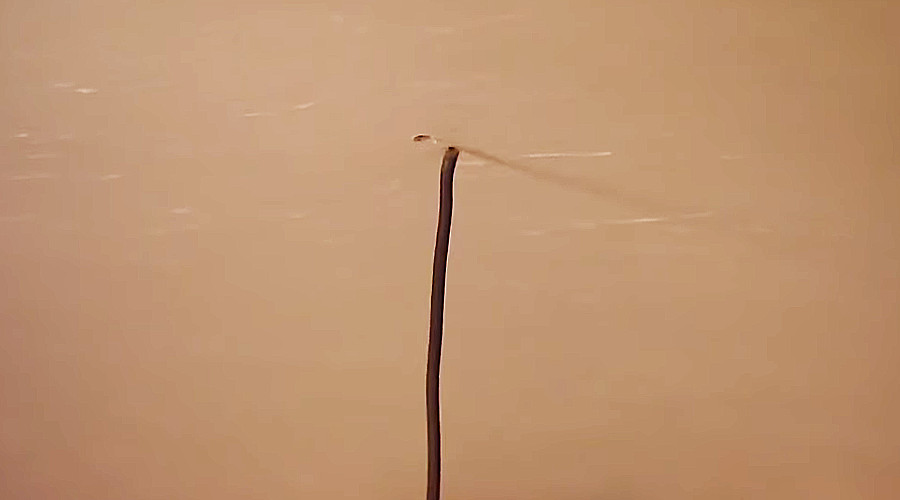
Step 4: Go to the Gables Attic and Find the Hole
The attic is usually dark, with some homes having lighting there. Even then, that light is not suitable for working. So take a torchlight when entering the attic. After going to the attic, first look for the hole mark.
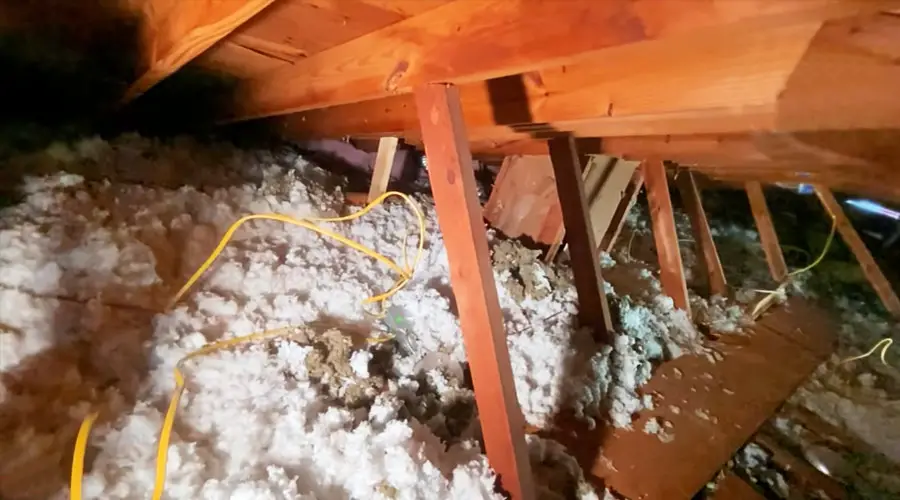
The place has to be prepared for work, if there are any goods, they have to be removed, and the area has to be emptied; otherwise, they can create obstacles to working freely in the small place.
Step 5: Cutting Bathroom Top & Make Hole in Attic
Cutting Bathroom Top:
Everyone usually uses wood or cardboard on top of the bathroom on a gable roof. If the cardboard is used on top of your bathroom, you can use a simple Hacksaw Blade or hand saw; And if the wood is used, you can use JigSaw to cut the marked space area on the bathroom top.

Before cutting wood or cardboard, you must re-mark the top. The bathroom fan will not adjust if the cut space becomes big. So it would be best if you were very careful before starting cutting.
Make a Hole in the Attic:
You need to make a hole in the gable roof to get the moisture out of the vent through the duct. You will need a Hole Saw (5 inches) to cut the hole. Mark the particular area with a pencil in for drilling a hole. Even then, take a measure of your vent fan houser before cutting. Once cutting is completed, you have to go to the next step.
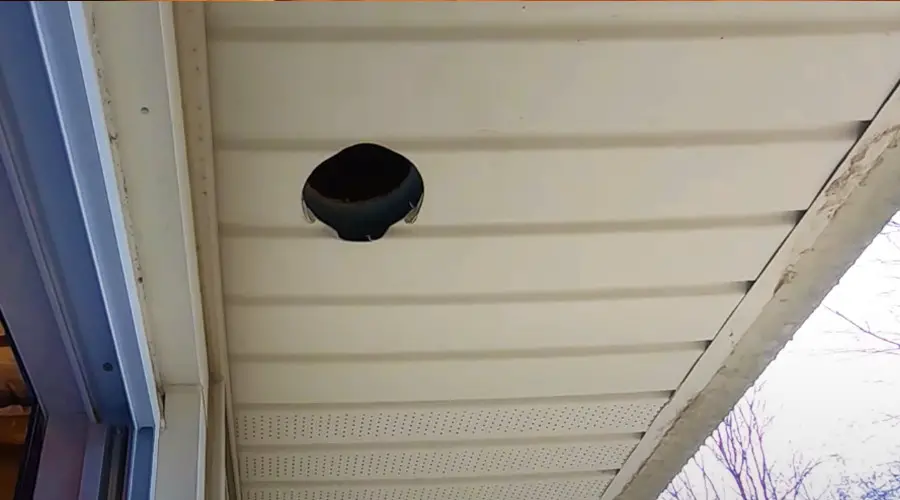
Then measure and mark the bathroom inside dimensions of the vent fan’s intake port accordingly for cutting a hole.
Step 6: Fan’s Position – Keep the Position of the Fan as Mentioned Below:
- At the back of the attic, attach a 4-inch, 90-degree duct elbow to the outlet port next to the vent fan housing.
- Place the elbow straight up and secure the port with foil duct tape.
- Remove the knockout hole on the side of the fan housing and attach a cable connector.
- Slide the four metal brackets on the tab spread out from the side of the vent fan.
- Set the fan in place between the cowry centered on the ceiling hole.
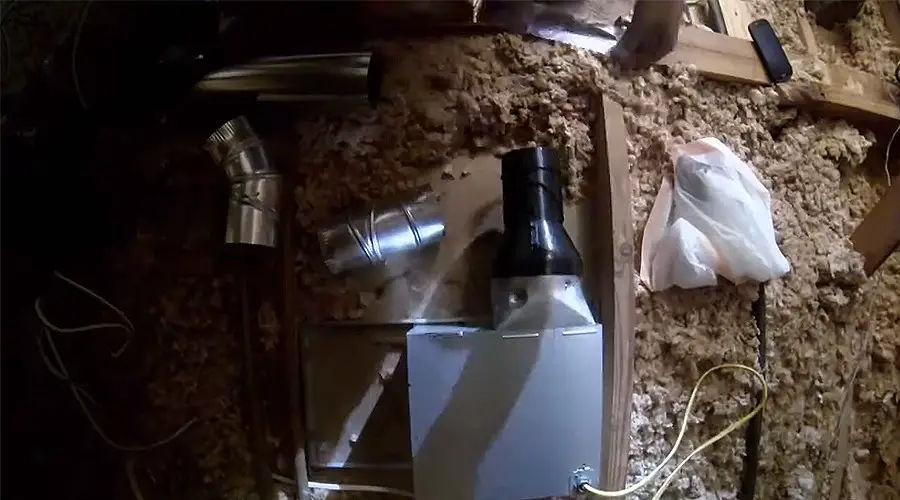
N.B.: For the best result, use foil duct tape so it will not deteriorate over time.
Step 7: Setup & Installation Process of Bathroom Fan (Exhaust Fans):
Installing an exhaust fan in your bathroom will help eliminate foggy windows, vapored mirrors, and musty odors that are very important and help prevent moisture-related other problems such as the growth of mold and mildew.
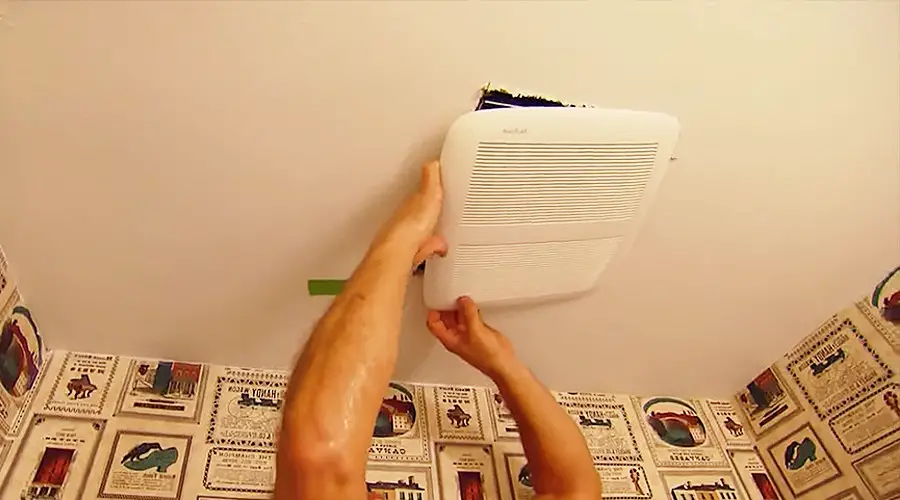
Here, we will show you the right way to install a vent bathroom fan and how to install the exhaust duct inside the attic and outside through a sidewall.
Ventilation options are for the duct to run through the roof or down through the soffit. Ensure the bathroom fan is vented to the outside; Do not allow the duct to be blown into an attic or other enclosed space. You may need a helper or assistant to complete the task.
And then, Attach the exhaust duct to the wall cap stopper. After securing the wall cap to the outer wall:
- Go into the attic.
- Grab the free end of the flexible drainage duct and carefully extend it to the outer wall.
- Attach the connector duct end to the wall cap with foil duct tape.
Step 8: Connect Aluminum Foil Duct with Bathroom Fan & Vent Cover box.
It would be best to connect Aluminum Foil Ducting to get the moisture out from the bathroom exhaust fans out of the vent cover. Without it, all the humidity in the bathroom can accumulate in the attic and cause damage roof.
After connecting the aluminum foil duct, seal it well with duct tape on both ends and use glue around the duct connector if required. You can use a Rigid Metal Duct Instead of an Aluminum Foil Duct; both will work the same. Setup fan to the specific prepared point where Aluminium Duct is connected.
The up next-
- Connect the Electic wire with Exhaust Fan and the switchboard.
- Turn the switch on to check whether it works or not. If working, you are done.
N.B.: You should hire an electrician for the electrical power connection for the bathroom fan.
Final Step: Check Fan & Done!
After setting up, switch on the bathroom fan and check if the fan is working perfectly. If all goes well, clear everything in the attic, and enjoy the bathroom happily.
Tips:
There are various and other bathroom fans or exhaust fans are available in the market now. Each type of fan installation process is also dissimilar. The simple solution is to read the instruction manual in the new exhaust fan box. By following it, you can quickly get an idea about the initial setup process of the fan.
Faq’s
Is the Bathroom Fan Vs Exhaust Fan the Same?
These two types of fans are used to remove filthy air/ odors from the inside to the outside to keep the bathroom fresh and odor-free.
What Is the Difference Between a Gable Roof and a Hip Roof?
Most People are confused about Gable Roof and a Hip Roof. There are a few differences between these two structures. Gable Roof is also known as a span roof, or a couple of roof types. The roofs are sloping down from the top on both sides and The hips of the hip roof are divided into four parts from the top of the roof.
Is There Any Harm in Drilling Holes for Vent Cover in Gable Roof?
These types of roofs are laid out in rows like tiles on top of the structure. There is no problem if there are no cuts or holes around the gable roof structure. However, rain or snow can leak water into the attic. You can use roof sealant for that problem.
Does a Bathroom Exhaust Fan Need to Be Vented Outside?
Many ventilation systems allow access to the attic, which is not correct.
If the humidities crowd into the attic may damage. If any goods are kept in the attic, they can also be damaged. Many people do not understand because this damage is being occurred very slowly.
That’s why the Vent system of the Bathroom Exhaust Fan needs to be sure to let the moisture out quickly.
Conclusion
It is the best way to remove moisture-encumbered air and odor from your bathroom. The bathroom is a small and closed space, so a place for the outflow of its moisture is essential.
If not, you’ll notice mold or black dot in the bathroom in a few days, Which you certainly won’t like. So, install a bathroom exhaust fan the way you taught without delay and allow the moisture from inside the washroom to exhaust through the vent from the gable end.
If you have any queries about installing the bathroom exhaust fan, please do not hesitate to comment here. We are pleased to tell you the proper way to vent the bathroom gable fan.
You may read also –

